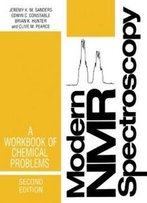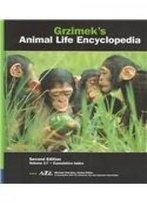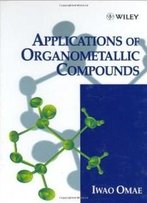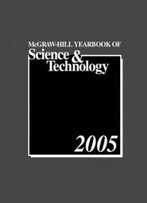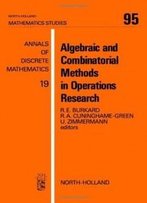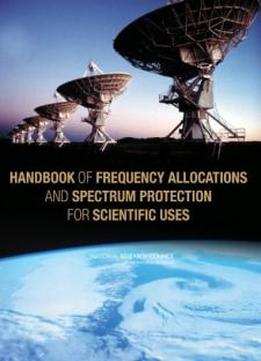
Handbook Of Frequency Allocations And Spectrum Protection For Scientific Uses
by National Research Council /
2007 / English / PDF
28.1 MB Download
The electromagnetic spectrum is a vital part of our environment.
Information encoded in the spectrum of radiation arriving at earth
from the universe is the means by which we learn about its workings
and origin. Radiation collected from the Earth’s land, oceans,
biosphere, and atmosphere provide us with much of the data needed
to better understand this environment. Wise use of the spectrum is
necessary if we are to continue these advances in scientific
understanding. To help guide this effort, the NSF and NASA asked
the NRC to develop a set of principles for fostering effective
allocation and protection of spectral bands for scientific
research. This handbook contains practical information in this
connection including a description of regulatory bodies and issues,
a discussion of the relevant scientific background, a list of
science spectrum allocations in the United States, and an analysis
of spectrum protection issues.
The electromagnetic spectrum is a vital part of our environment.
Information encoded in the spectrum of radiation arriving at earth
from the universe is the means by which we learn about its workings
and origin. Radiation collected from the Earth’s land, oceans,
biosphere, and atmosphere provide us with much of the data needed
to better understand this environment. Wise use of the spectrum is
necessary if we are to continue these advances in scientific
understanding. To help guide this effort, the NSF and NASA asked
the NRC to develop a set of principles for fostering effective
allocation and protection of spectral bands for scientific
research. This handbook contains practical information in this
connection including a description of regulatory bodies and issues,
a discussion of the relevant scientific background, a list of
science spectrum allocations in the United States, and an analysis
of spectrum protection issues.
